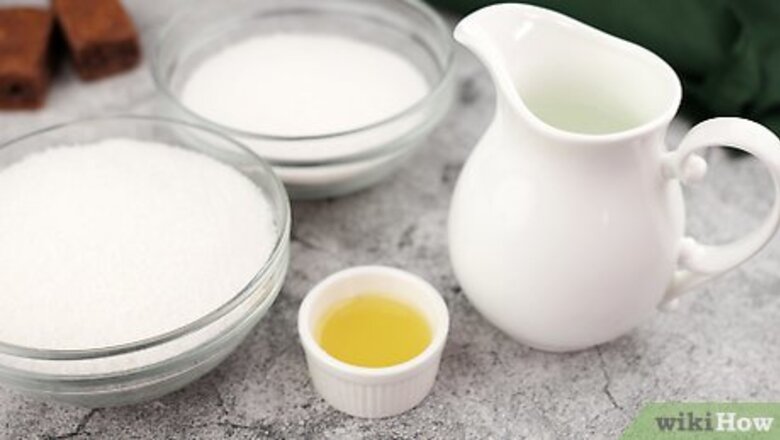
views
Wet Caramelization
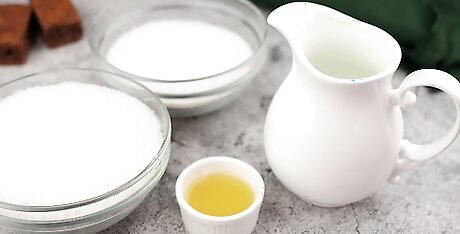
Gather your ingredients and tools. To make caramel using the wet method, you will need two cups of white, granulated sugar 400 g, half a cup 240 ml of water and a quarter teaspoon (1 ml) of lemon juice or cream of tartar. If you only require a small amount of caramel, you can halve the quantities provided above: one cup 200 g of sugar, a quarter cup 60 ml of water and 1/8 teaspoon (0.5 ml) of lemon juice or cream of tartar.
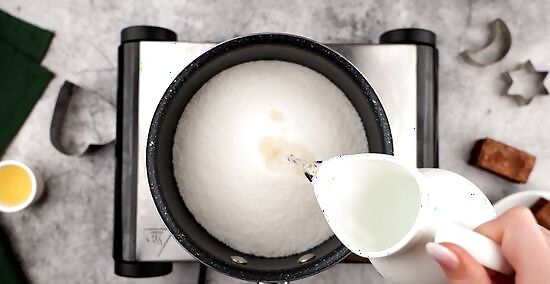
Combine the sugar, cream of tartar or juice, and water in a saucepan. Use a quality metal saucepan with high sides and a thick bottom. Especially beginners will profit from having a heat diffuser nearby, (a short stack of perforated metal plates to but between your pan and the heat source, that slows the flow of heat.) Cheap, thin-bottomed saucepans will often have hot spots that can burn the sugar and ruin your caramel. It is also better to use a saucepan made from a light colored metal, such as stainless steel, as this will allow you to see whether the caramel is browning properly.
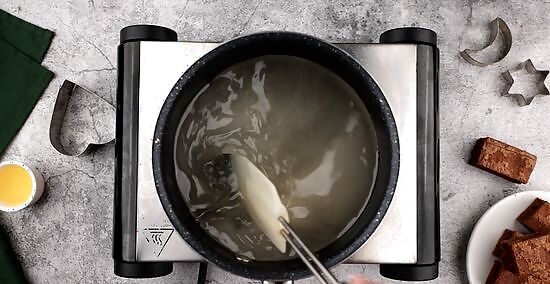
Place the saucepan over a medium-high heat. Stir the mixture constantly with a wooden spoon or silicone spatula until the sugar begins to dissolve. To turn sugar into caramel, it must first dissolve, and, as the water boils off, become melted sugar, which occurs at approximately 320 degrees Fahrenheit (160 degrees Celsius). At this point, the melted sugar should be clear in color. (Once the water boils off it is no longer a syrup)
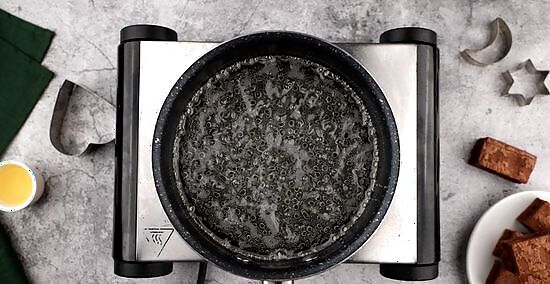
Bring the sugar and water to a boil. As soon as the sugar has completely dissolved and the mixture begins to boil, you should stop stirring.
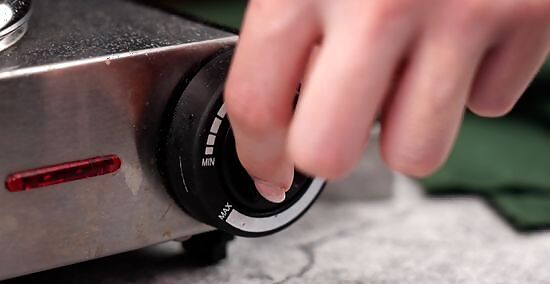
Reduce heat to medium and simmer for 8 to 23 minutes, or more. Beginners, go slowly. You want the sugar syrup to be simmering, rather than boiling. Cooking times will vary according to proportions of water to sugar, heat flow from different stove tops and other factors. Therefore, when you caramelize sugar it's best to use the color of the mixture as your guide. As cooking proceeds, consider putting a heat diffuser (a short stack of perforated metal plates that slow the flow of heat. This will give you more control over the process, especially if you have not done this very many times).
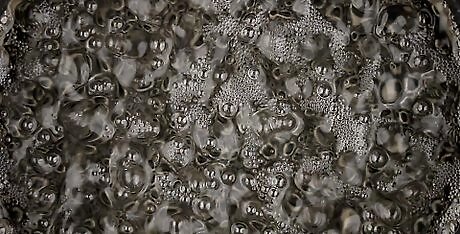
Do not stir. It's important that you avoid stirring the mixture as the water evaporates and the sugar begins to caramelize. Stirring will only incorporate air into the mixture and reduce the temperature of the syrup. This can prevent the sugar from browning properly. In addition, the hot caramel will simply stick to the spoon or spatula, and this can be very hard to clean off.
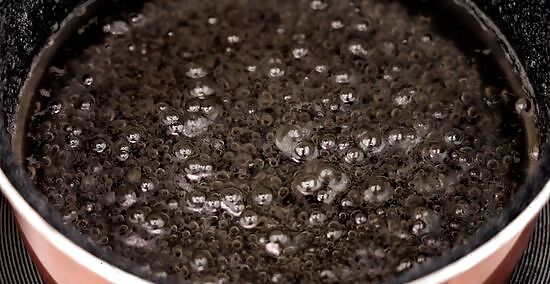
Watch the color. The best way to gauge the progress of your caramel is to watch the color very closely. The mixture will turn from white to a light golden color to dark amber. This can happen very quickly so avoid leaving your pot unattended! Burnt caramel is inedible and have to be thrown away. Don't worry if the dark amber color only seems to be developing in patches. All you need to do is gently lift the pot by the handle and swirl the contents to distribute the color. It is also important to refrain from touching or tasting the caramel as it cooks. The caramel has usually reached a temperature of around 340°F (160 degrees C) at this point, and will burn the skin or mouth.
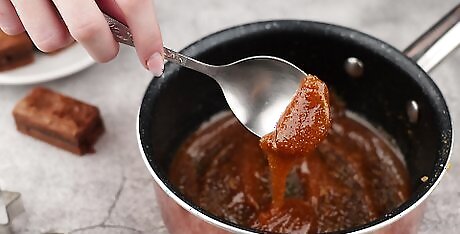
Know when the caramelization is complete. Watch the mixture closely until it reaches a uniform rich, brown color. When the entire contents of the pot reach this even tone and are slightly thickened, you know the caramelizing process is done. As soon as the caramel reaches the desired color, remove it from the heat immediately. If you leave the caramel too long it will turn almost black in color and have a burnt, bitter smell. If this happens, you will need to begin again.
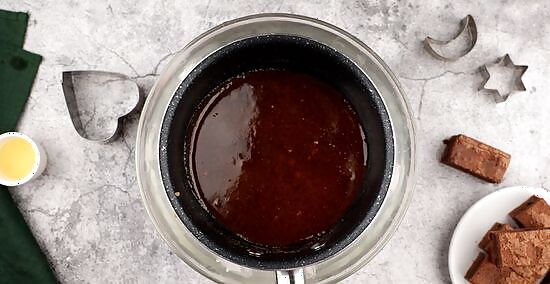
Quench, stop the caramelization process! If you want to ensure the cooking process stops and the sugar doesn't burn from the residual heat in the pot, place the bottom of the pot in ice water for approximately 10 seconds. However, if you have taken the pot from the stove too early, you can just leave the caramel to sit for a minute and it will continue cooking. This is the point at which you can add water to adjust viscosity, as all the water you started with has boiled off. Try one eighth cup 30 ml. If you later want to make it thinner, warm it gently as detailed elsewhere herein, and add more.
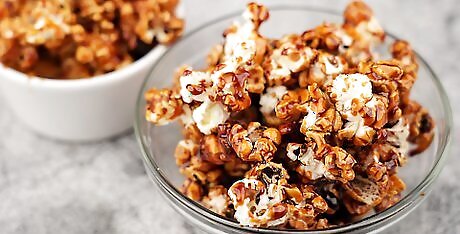
Use caramelized sugar on dessert immediately. Use your caramel to top a flan, to make caramel candies or spun sugar, or line the serving cups into which flan or panna cotta will be put, or simply drizzle it over ice cream! Caramel hardens very quickly after it cools down. If you wait too long to use it on your dessert, it could be too stiff to pour or spread. If you let your lined cups intended to receive flan or panna cotta too long in a humid kitchen, they will suffer. Keep them in an airtight container until use. If this happens, simply place the saucepan back over a low heat and wait for the caramel to liquefy again. Swirl the pan rather than stir.
Dry Caramelization
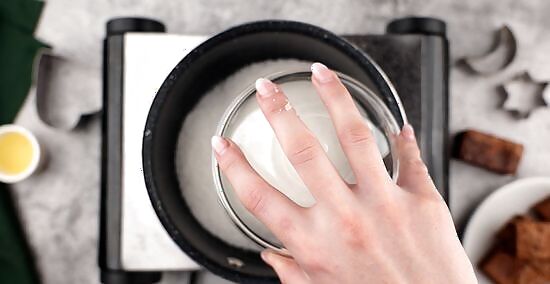
Add sugar to a heavy-bottomed saucepan. Add an even layer of white granulated sugar to a light-colored, heavy-bottomed saucepan or skillet. As you heat the sugar, it will release its water and caramelize. As this method requires no other ingredients, the exact quantity of sugar is unimportant. Go for one or two cups, depending on how much caramel you need.
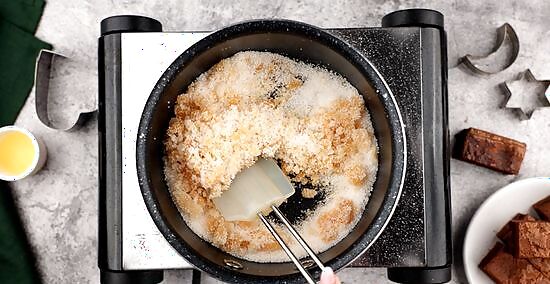
Heat the sugar over a moderate heat. Watch the caramel closely as it heats - it should begin to liquefy around the edges, turning from a clear liquid to a golden brown color. As the sugar begins to brown, use a silicone spatula or a wooden spoon to move the liquefied sugar from the edges of the saucepan to the center. This will ensure the sugar on the outside doesn't begin to burn before the sugar on the inside has melted. If you have a very thick layer of sugar in the saucepan, be careful that the sugar at the bottom of the pan doesn't begin to burn before you realize.
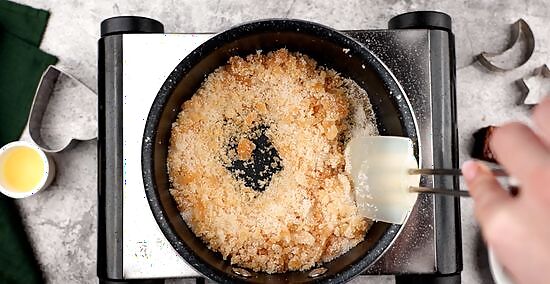
Deal with any lumps. The sugar will probably melt unevenly, so don't worry if it looks lumpy in some parts, but is liquid in others. Just lower the heat and continue to stir. This will ensure that the caramel doesn't burn as you wait for the stubborn lumps to melt. It doesn't matter if you can't get all of the lumps to melt - you can easily strain your caramel afterwards to remove them. Be careful not to over stir the caramel either - if you do, the sugar may start to clump up before it has a chance to melt. Don't worry though. If this happens, just turn the heat to very low and refrain from stirring until the sugar begins to melt again.
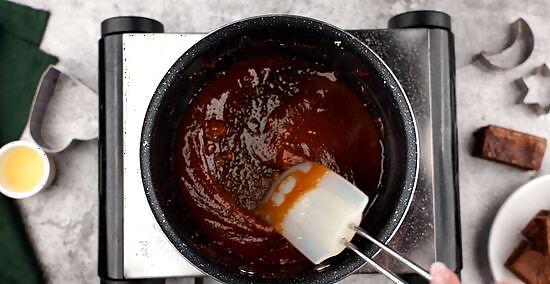
Watch the color. Carefully watch the caramelizing sugar until it reaches exactly the right color - no more no less. Perfect caramelized sugar should be a dark, amber color - almost the color of an old copper penny. You will know your caramel is finished when it is just past the smoking point. If you take it off before it smokes, it will be slightly undercooked. You can also gauge if your caramel is done by the smell - it should be deep and rich smelling, with a slight nuttiness.
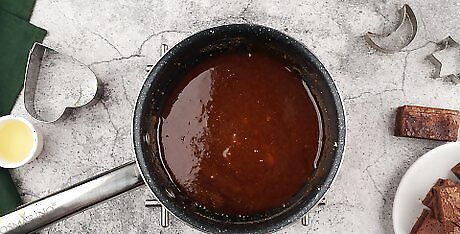
Take the caramel off the heat. Once your caramel hits perfection, don't waste any time in removing it from the heat. Caramel can go from perfect to burnt very quickly, and burnt caramel is bitter and unusable. If you're using the caramel for a flan or crème caramel, you can pour the caramel directly from the saucepan into the molds. If you're making spun sugar, it's important that you stop the caramelization process by dunking the bottom of the saucepan in ice water. Otherwise the residual heat from the saucepan could burn the caramel. If you're making a caramel sauce, immediately add butter or cream to the caramel. This will stop the caramel from cooking and create a wonderfully creamy topping for ice creams and desserts. Just be careful, as the molten caramel can splatter when the dairy is added.
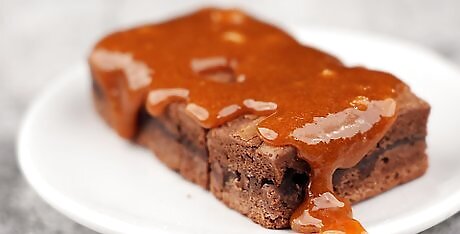
Finished.
Coloring Caramelized Sugar
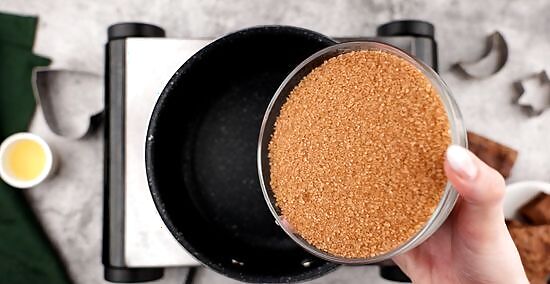
Pour organic sugar into a heavy-based pot. Heat over low to medium heat.
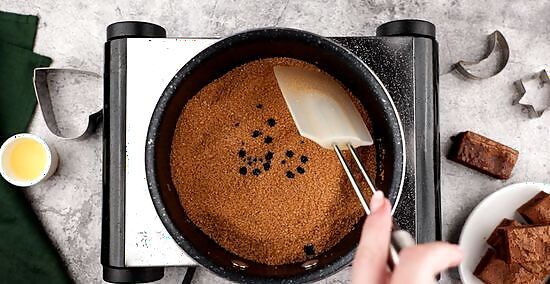
Put drops of liquid food coloring in as it heats. Add about every 5 minutes.
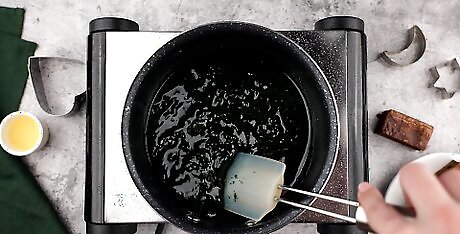
Eventually the sugar should turn very dry and powdery or gooey.
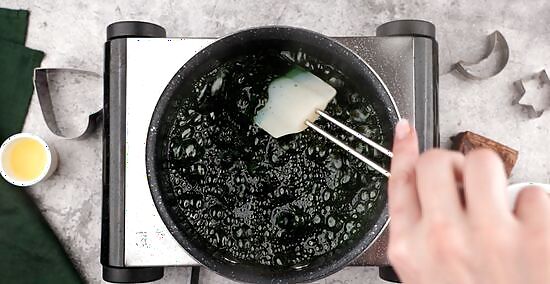
Add hot water to the powdery or gooey mixture. Add 5 cups of water for each ounce of sugar.
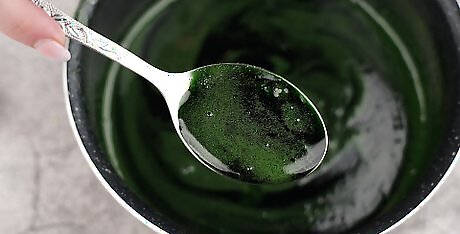
Cook down until it caramelizes. It is a pretty color as well as being caramelized.
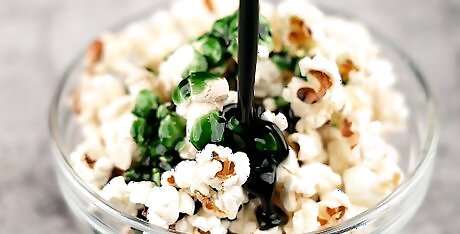
Finished.




















Comments
0 comment